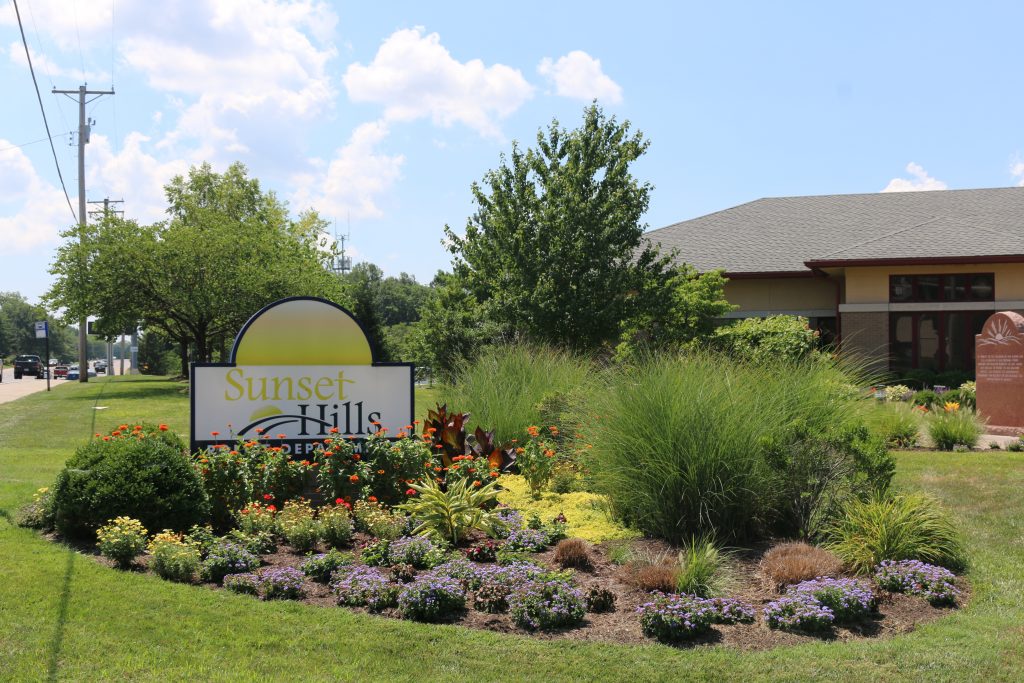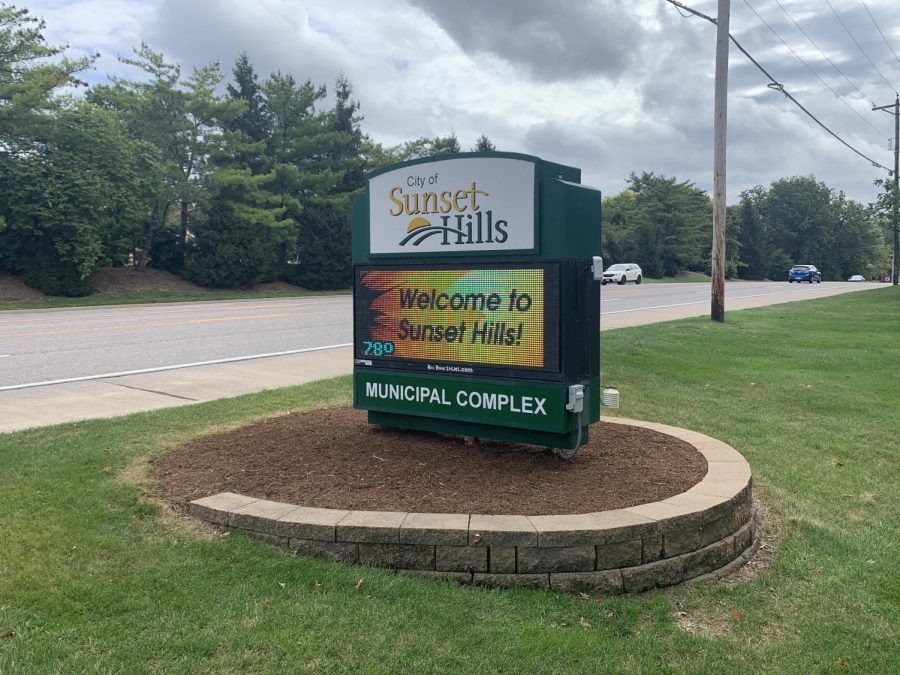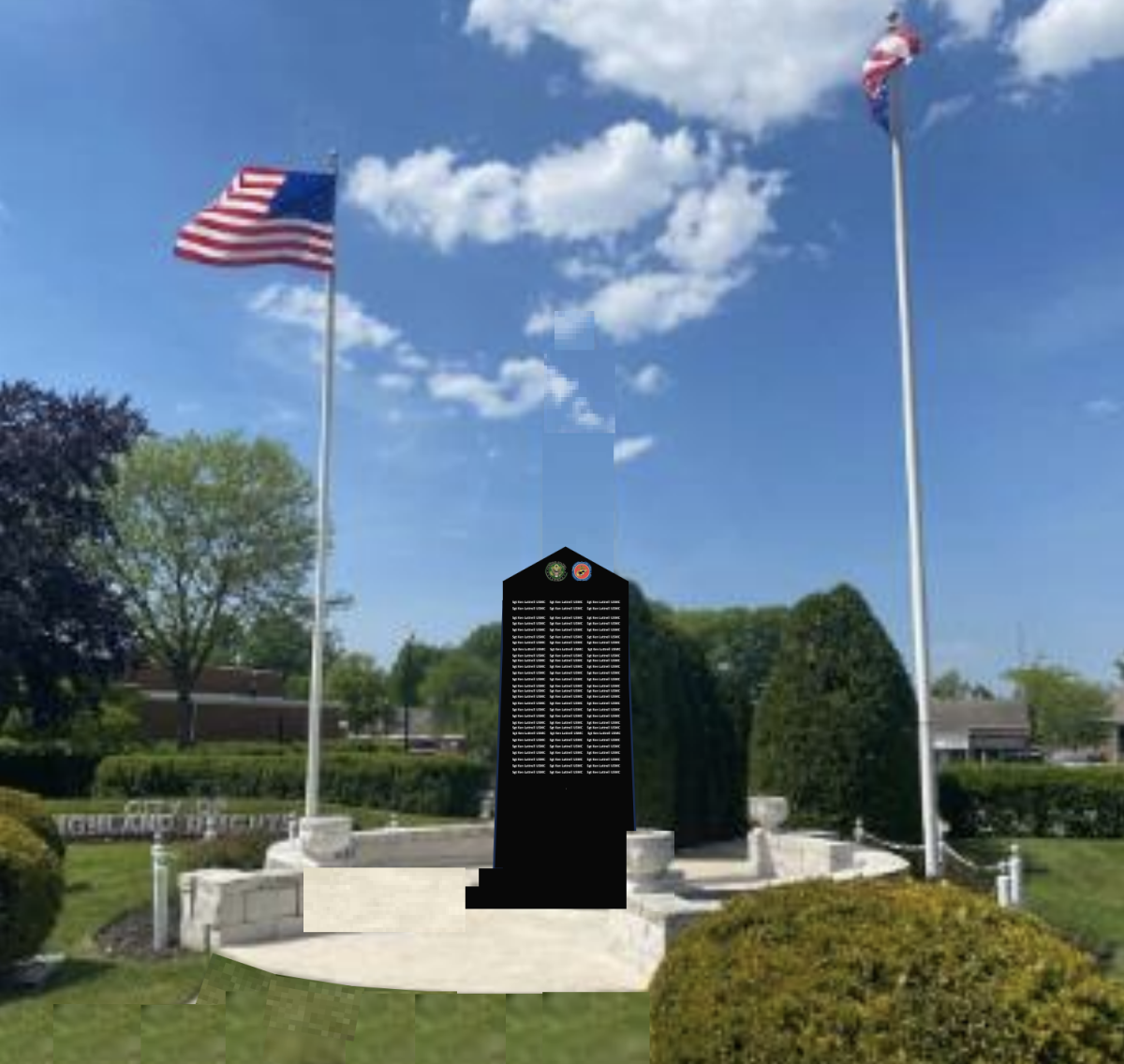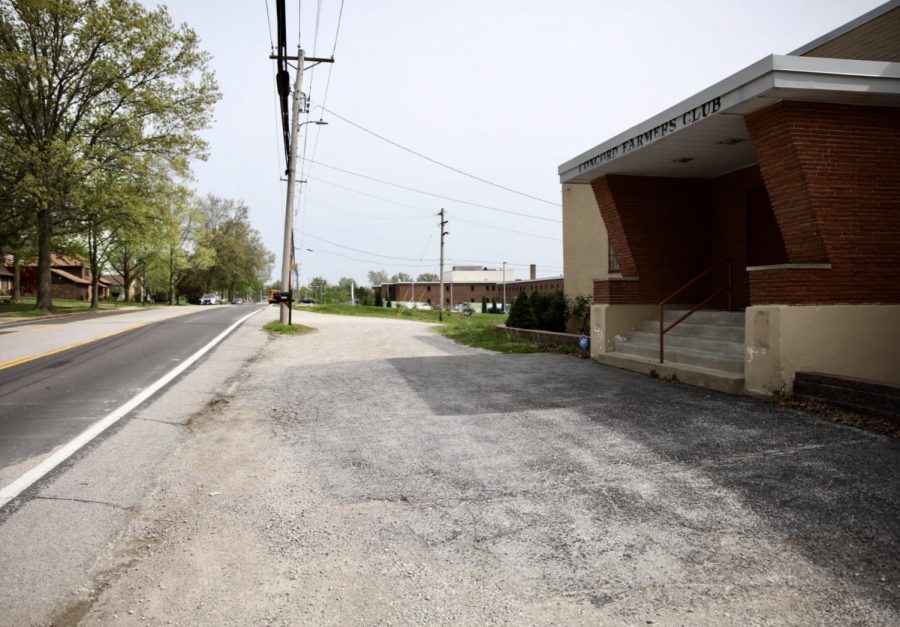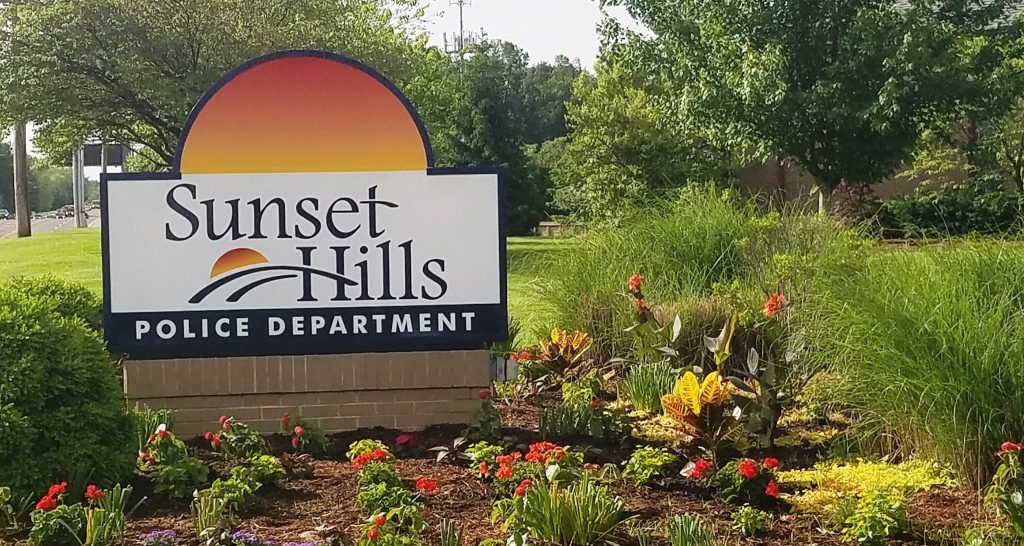The Sunset Hills Board of Aldermen will get its first look at the city’s new zoning code and zoning map overhaul next week, after the Planning and Zoning Commission voted to consolidate the city’s current zoning code and bring into compliance non-conforming properties around Sunset Hills.
The Board of Aldermen will hold a work session on the new code next week before its regularly scheduled board meeting.
The aldermen will meet at 5 p.m. Tuesday, Nov. 12, to review the changes proposed by planning firm Houseal-Lavigne, followed by the regularly scheduled board meeting at 6 p.m. at City Hall, 3939 S. Lindbergh Blvd. The work session is open to the public, but no public comment will be taken.
Along with the zoning code and map, the Planning and Zoning Commission also forwarded a list of concerns raised by both the commission and residents. The public will once again be able to weigh in during a public hearing in December.
The proposed code changes and map can be accessed on the city’s website. Residents with concerns are encouraged to reach out to their aldermen prior to the November work session.
Following a four-hour meeting Sept. 25, the planning panel voted to recommend to aldermen the new zoning code and map, which cost more than $100,000, with the changes as suggested by Houseal-Lavigne.
Several residents hoped to give their final input on the document before the vote, as well as criticize the city’s public notification system.
Before discussion on the zoning code could get underway, the commission made a motion to allow public comment on the notification process since Chairman Terry Beiter said he had heard concerns from residents about notification on the changes.
“There have been some challenges” in the city’s notification process, said Beiter. He requested that City Attorney Robert E. Jones explain the laws that dictate when and how the public should be notified.
“Tonight the Planning and Zoning Commission is considering adoption of a new zoning map which would require 1,409 properties to be rezoned. In order to do this, state law requires a public hearing and a notice to be published in a newspaper 15 days before the hearing date. City ordinance has the same requirements,” said Jones. “However, it’s important to recognize that this Planning and Zoning Commission meeting tonight is not a statutory public hearing. The public hearing will be held before the legislative body, which is the Board of Aldermen… I reviewed the procedure that was initiated by city staff, and I concluded that individual postings of each of the 1,409 properties is not required for several reasons.”
Jones went on to say that because the zoning change was initiated by the city to “cure existing dimensional and land use non-conformities” mainly caused by annexation and that there was no actual applicant, a posting for each separate property was unnecessary.
“Posting 1,409 signs would only tax city resources,” said Jones. “Instead, individual, detailed notices were sent to each one of the property owners. There were eight different notices sent, one for each district that is going to be affected… They are a much more effective way to convey the information about the rezoning.”
During public comment on the notices, resident John Stephens asked whether, if the procedure in which the notices were distributed was not up to proper standards, the zoning changes would still be valid. He wondered if residents should file a Sunshine Law complaint with Missouri Attorney General Eric Schmitt, who used to represent Sunset Hills in the Senate.
“The notification process is not a function of the Sunshine Law… Everything that is required by the Sunshine Law as a prerequisite to this particular meeting of the Planning and Zoning Commission was followed, so I have no idea how it would be a violation of the Sunshine Law,” said Jones.
Commission member Michael Hopfinger chastised what he saw as a disinformation campaign to portray city officials and their decisions as diabolical by some members of the commission and residents.
“I think you’re feeding a disinformation campaign… (leading) to an unproductive state. I think the city attorney has clearly rebutted that,” said Hopfinger, addressing Commissioner Frank Pellegrini, who had disagreed with Jones that the city had taken proper steps to notify residents. “This is not in the business of productive legislation or civic management.”
John Houseal, principal at Houseal Lavigne, said that the updated code and map codifies existing land uses and brings up to code non-conforming properties, many of which were acquired through annexation.
“This is certainly not a process that’s been rushed. We’ve been having several meetings over the course of the last 18 months-plus… to get it right,” said Houseal. The new zoning standards are much stricter than they were previously, he added. Four residential districts, four commercial districts and a new parks and open space district are being proposed in lieu of the city’s 18 current zoning districts.
Resident Gary Vincent — who has been an outspoken critic about some of the zoning code changes because he thinks they will pave the way for more cluster homes to be built — said that the current residential districts should stay the same.
“I know how we can ensure that the character of the neighborhoods in Sunset Hills are not changed. Leave the current residential zoning alone,” said Vincent. “Why are we doing this? That is the question you should be asking yourself before we go down this road of upending the current residential zoning districts and the residential zoning map.”
Houseal said town homes would not be allowed in R-1 and R-2 districts, which would only allow for single-family, detached homes. However, a petitioner could propose town homes under a planned development.
The zoning code rewrite eliminates planned developments as established uses but they can still be allowed on a case-by-case basis. Any petitioner for a planned development would have to meet with adjacent property owners prior to proposing the development, as well as provide documentation to city staff that they held a meeting with the neighbors.
All of the 10 votes for the zoning changes passed unanimously except three. First, Pellegrini made a motion to strengthen the language prohibiting any non-single-family detached homes in R-1 and R-2 districts, which Commissioner Richard Gau agreed with. The motion failed 7-2, with Gau and Pellegrini voting in favor of the strengthened language, while Beiter, Hopfinger, Roger Kaiser, former Mayor Mike Svoboda, Brian Van Cardo, Steve Young and Todd Powers voted against the motion. The overall zoning changes or Unified Development Code passed 7-2, with Gau and Pellegrini opposed. Gau and Pellegrini also dissented on the map.

















